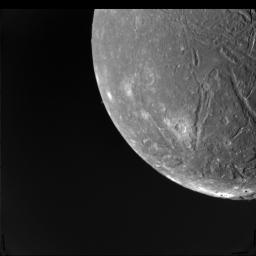Instrumental Electronic Space/Jazz ~ In this song you will actually hear the Voyager Spacecrafts Communicating with Earth! Listen at the beginning of the song & at the end...you'll hear the sound of Interstellar Space Plasma & Radiation!
Instrumental Electronic Space/Jazz
All Sounds are Original & Recorded By BLUESTAR/
& Copyright © 2015 RAM Publishing - BMI
Rich Russom & Joe Aloisa
|
http://voyager.jpl.nasa.gov/where/index.html
Voyage of Discovery ~ since their 1977 launches, they each are much farther away from Earth and the sun than Pluto. In August 2012, Voyager 1 made the historic entry into interstellar space, the region between stars, filled with material ejected by the death of nearby stars millions of years ago. Scientists hope to learn more about this region when Voyager 2, in the “heliosheath" the outermost layer of the heliosphere where the solar wind is slowed by the pressure of interstellar medium also reaches interstellar space. Both spacecraft are still sending scientific information about their surroundings through the Deep Space Network, or DSN.
Strictly speaking, the plasma wave instrument does not detect sound. Instead it senses waves of electrons in the ionized gas or "plasma" that Voyager travels through. No human ear could hear these plasma waves. Nevertheless, because they occur at audio frequencies, between a few hundred and a few thousand hertz, "we can play the data through a loudspeaker and listen. The pitch and frequency tell us about the density of gas surrounding the spacecraft.
|
|
Instrumental Electronic Space/Jazz
x |
|
 |
|